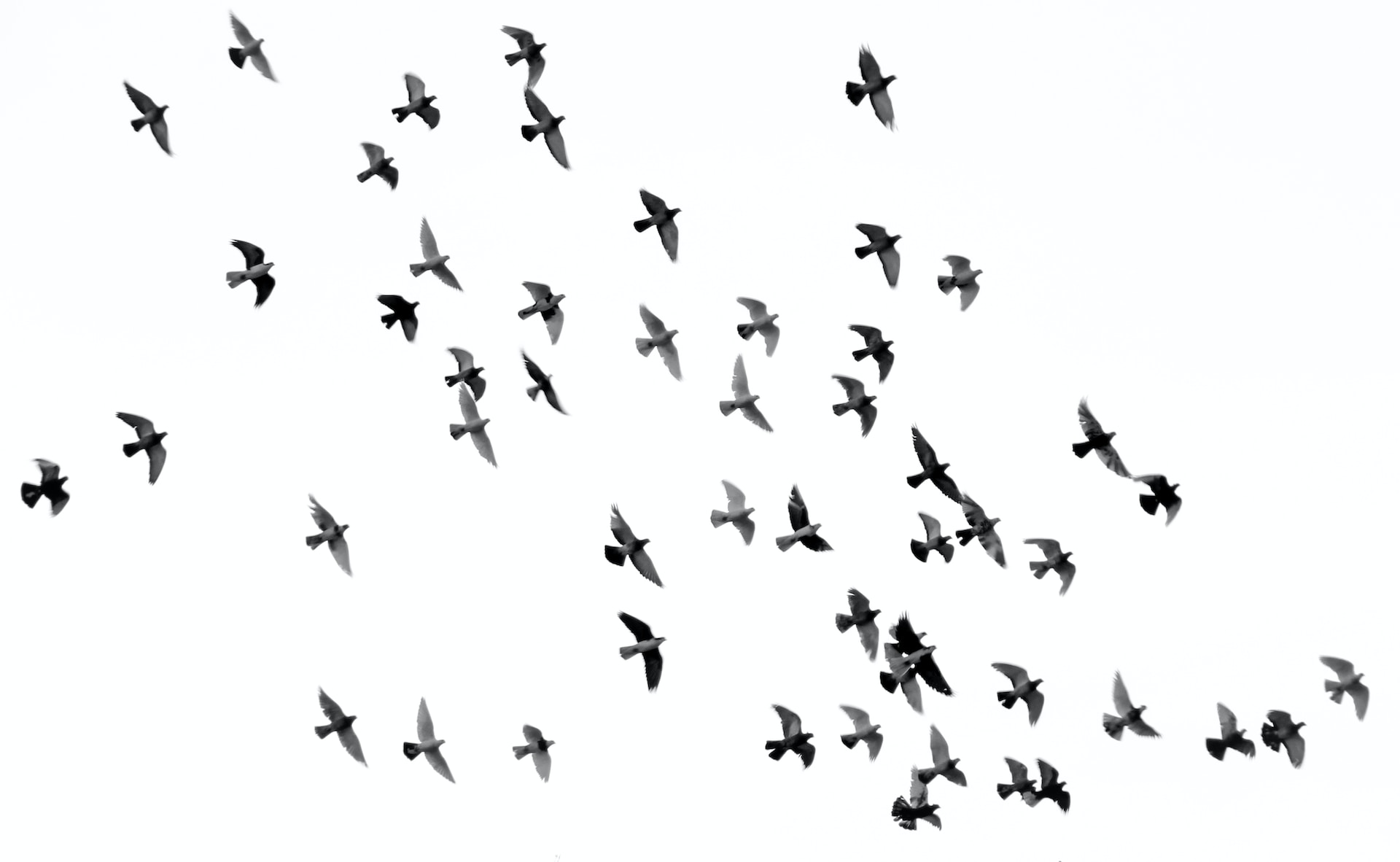Choosing the Right Plants
Creating a wildlife-friendly garden begins with choosing the right plants. Native plant species not only add to the aesthetic beauty of your garden but also play a crucial role in providing food and habitat to local wildlife. Native trees, shrubs, and perennials offer a variety of seeds, nectar, and berries, which serve as a valuable food source for birds and insect species.
Native species of plants are well adapted to local soil, climate, and wildlife, ensuring they thrive and offer a continuous supply of food and shelter. Adding a range of plant species with different heights including ground cover, shrubs, and trees creates layers of habitats for various wildlife.
Building Wildlife-Encouraging Structures
One effective way to encourage wildlife to nest in your garden is by incorporating wildlife-friendly structures. Birdhouses, nest boxes, and bird feeders are not only appealing garden ornaments but also excellent resources for nesting wildlife, particularly birds.
Installing a nest box camera can further enhance your wildlife-friendly garden experience. It gives you a rare opportunity to observe and appreciate the behaviors and nesting habits of birds, adding an educational aspect to your gardening endeavor.
Creating Safe Havens
Providing a secure and safe environment is equally important in encouraging wildlife to nest in your garden. Simple features such as accessible water sources can significantly increase your garden’s appeal to wildlife. A birdbath, pond, or even shallow dishes filled with water can suffice, especially during the dry spells.
Creating log piles and leaving parts of your garden relatively undisturbed can offer safe havens for insects, amphibians, and small mammals. Take caution in the use of pesticides, as they often harm the valuable wildlife that you are trying to attract. Instead, allow nature to do its job in pest control, creating a balanced ecosystem within your garden.
Encouraging Local Wildlife
Finally, make an effort to find out what wildlife species are local to your area and tailor your garden accordingly. For instance, if squirrels are prevalent, adding certain plants or structures that cater particularly to them can encourage them to your garden. The Missouri squirrels article is a great resource for this.
Embracing our local wildlife and tailoring our gardens to suit their needs not only adds another level of interest to our gardening endeavors but also contributes to local biodiversity. By creating wildlife-friendly gardens, we give a little back to nature, promoting a harmonious coexistence between us and the wildlife around us.

